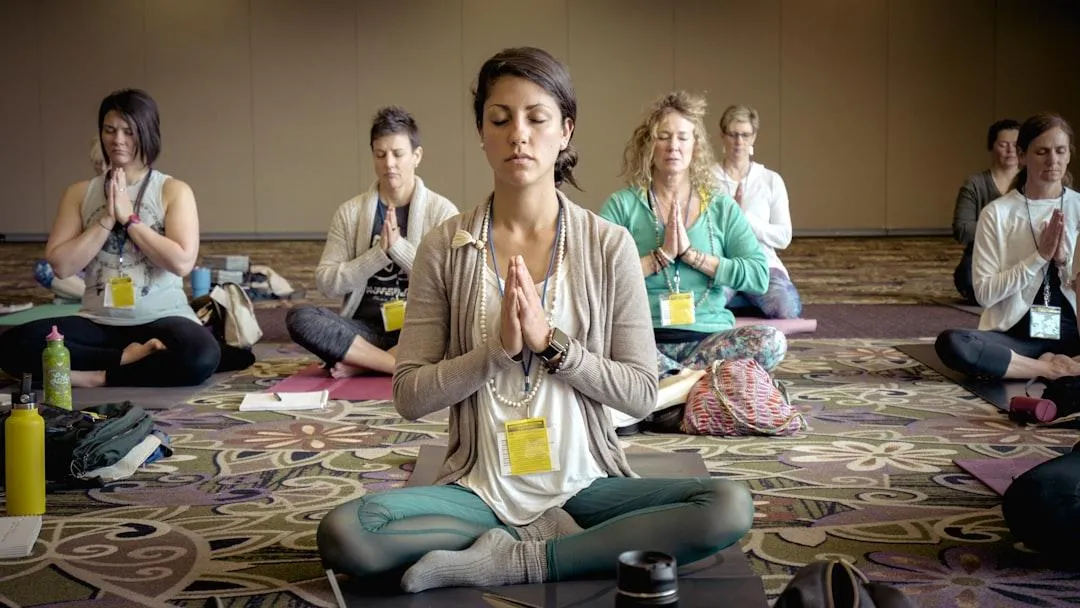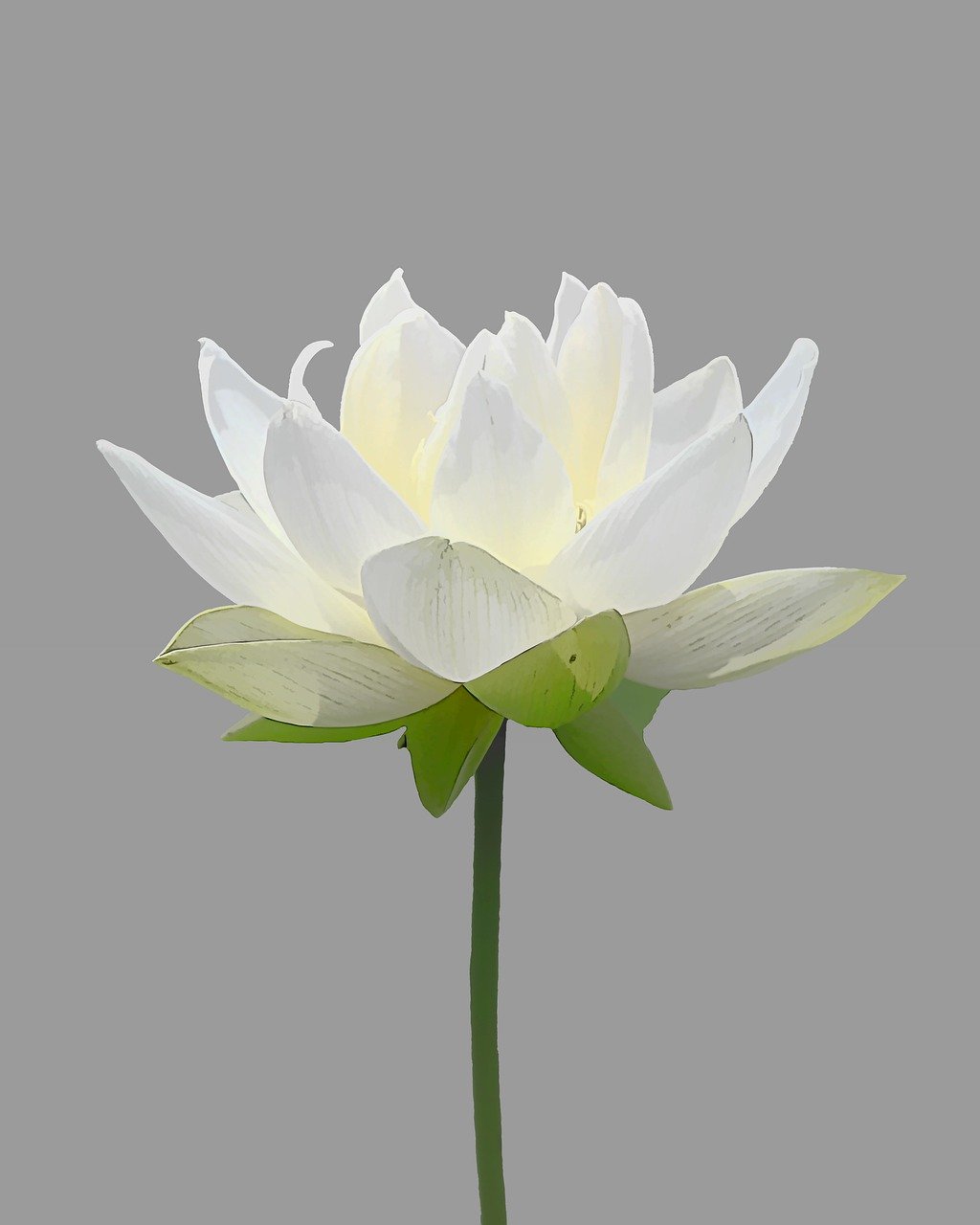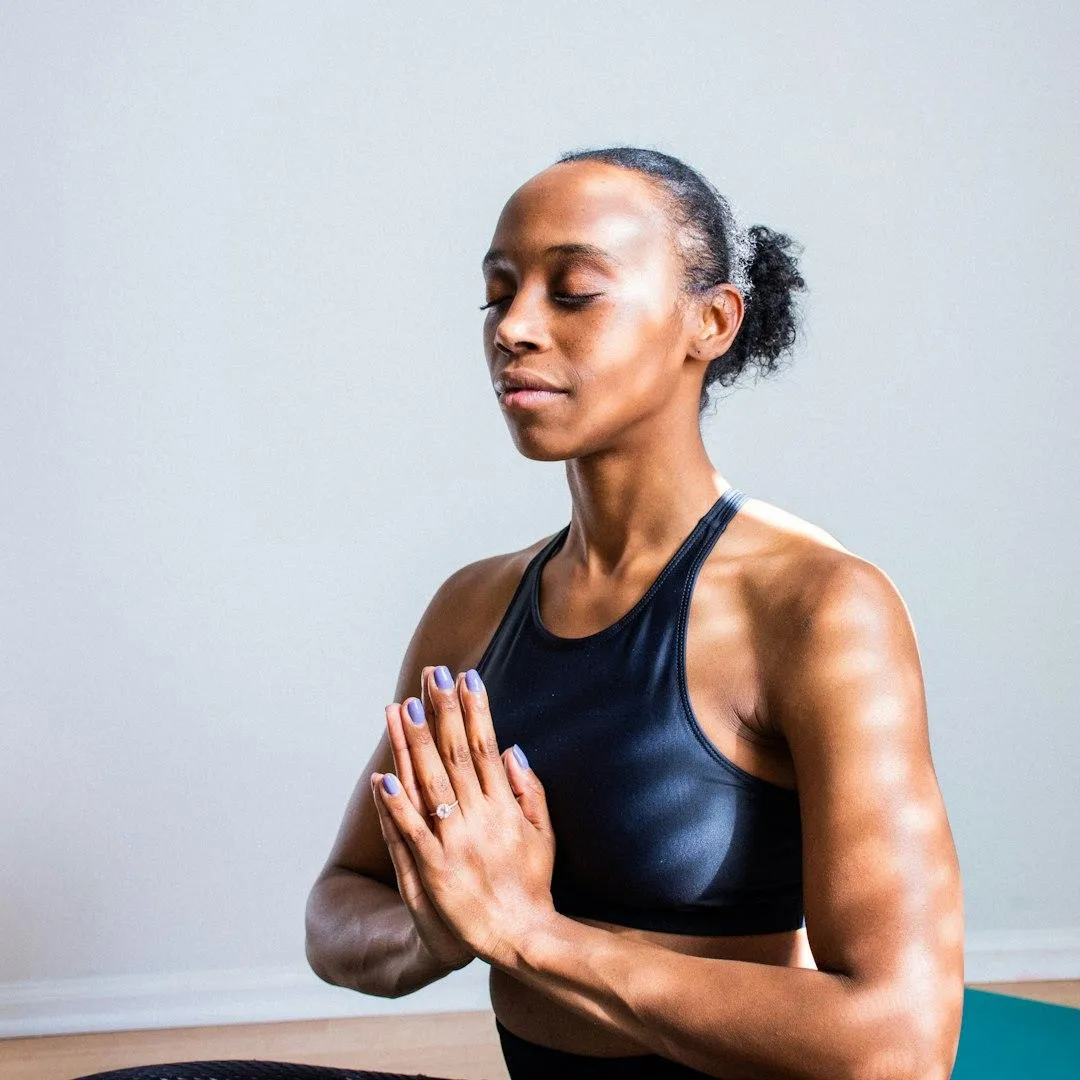EVERYONE DESERVES PEACE AND HARMONY
HOW TO MEDITATE
Consider a shaken-up, muddy glass of water: it’s hard to look through it, but if you let it sit still for a while, the mud goes to the bottom and the water remains clear on the top. Similarly, in meditation we still our minds to experience — with increasing clarity — that which is real for us right now.
You do not need a guru to explore meditation, and meditation does not have to be associated with a particular faith. People all over the world are discovering this ancient practice of inner awareness for themselves and are learning how to use it to overcome stress and anxiety, increase their focus and become more productive, increase creativity, manage emotions, and get more in touch with their inner wisdom. Many begin experiencing benefits immediately, and even more apparent benefits tend to appear after one month of daily practice.
The best way to explore meditation is to try it for yourself! Below are some guidelines on how to start on your own.

Preparing to Meditate
Make sure you are wearing comfortable clothes, and find a quiet spot where you will not be interrupted. Gather a few cushions that you can sit on with your legs crossed on the floor in front of you. You can also sit in a chair with your legs on the floor. Sit with your back straight. If you can, it is recommended to not rest your back against anything because it will help you stay alert. Try not to eat directly before meditation because it will leave you feeling lethargic and less alert.

Practicing Meditation
There are many forms of contemplative practices that people call meditation, but for beginners, breathing or mantra meditation are good places to start. Mantra meditation is usually a little easier to do than breathing meditation, so you may choose to start there and gradually progress to breathing meditation when you feel ready. Both forms involve focusing on one thing, either a mantra or your breath, until you silence your mind and enter a deeper meditative state.
Once you are seated, gently close your eyes and take a few deep breaths to get centered before beginning.

Mantra Meditation
Mantra means “instrument of the mind” in Sanskrit. The mantra you use can be anything you choose, as long as it is easy to remember and short enough to repeat in one breath. Some good mantras to start with might be oneness, peace, love, or “I am.” If you want to use more traditional mantras, you can use the word “Om” which means “I am” in Sanskrit. Or, you can choose any other word or phrase which feels right to you. Silently repeat the mantra over and over again as you breathe in and out, focusing on the words and its vibrations.

Breathing Meditation
Once you are seated, gently close your eyes and take a few deep breaths to get centered. Then, return to your normal breath pattern and become aware of your process of breathing. Notice where you feel your breath most clearly – is it your nostrils, your throat, your chest, the rise and fall of your abdomen? Wherever you most notice your breath, bring your attention there. Watch the mere sensation of your natural breath without controlling it. Your breath is here and now. You are fully present.
The Wandering Mind
As you practice meditation, your mind will wander and thoughts will come up. This is absolutely normal, even for experienced meditators. Practice peacefully noticing the thoughts that come up and allowing them to pass without judging them or becoming frustrated. Thoughts will come; this is the reality of the mind! The practice of observing the present moment without judgment or aversion is a part of the meditation practice.
A meditation master once described it in this way: Let your mind be a house, where you leave the front and back doors open. Let the thoughts come and go, but do not serve them tea!
General Tips To Help You On Your Meditation Journey
Have no expectations. Sometimes the mind is too active to settle down. Sometimes it settles down immediately. Sometimes it goes quiet, but the person doesn’t notice. Anything can happen.
Be easy with yourself. Meditation isn’t about getting it right or wrong. It’s about letting your mind find its true nature.
Don’t stick with meditation techniques that aren’t leading to inner silence. Find a technique that resonates with you. There are many kinds of mantra meditations, or simply follow the in and out of your breathing, not paying attention to your thoughts at all. The mind wants to find its source in silence. Give it a chance by letting go.
Make sure you are alone in a quiet place. Silence the phone. Make sure no one will disturb you.
Really be there. If your attention is somewhere else, thinking about your next appointment, errand or meal, of course you won’t find silence. To meditate, your intention must be clear and free of other obligations.
OUR SPONSORS

© 2025 Infinite Love. All Rights Reserved
